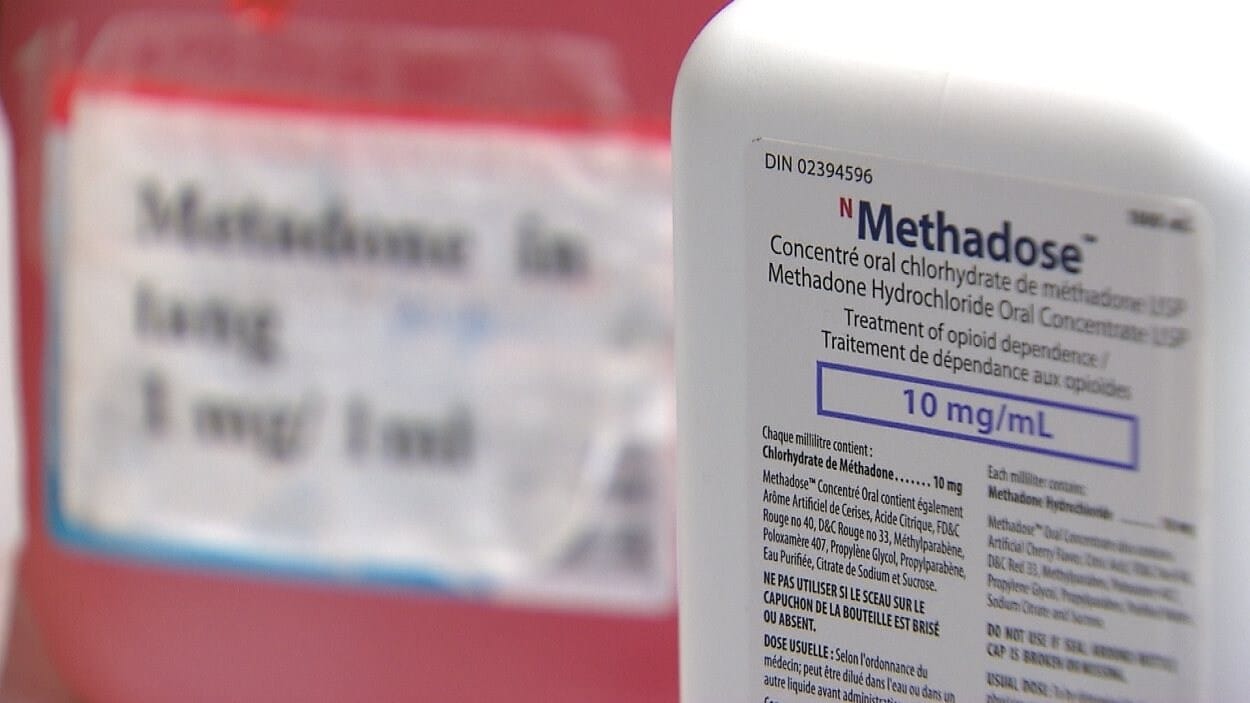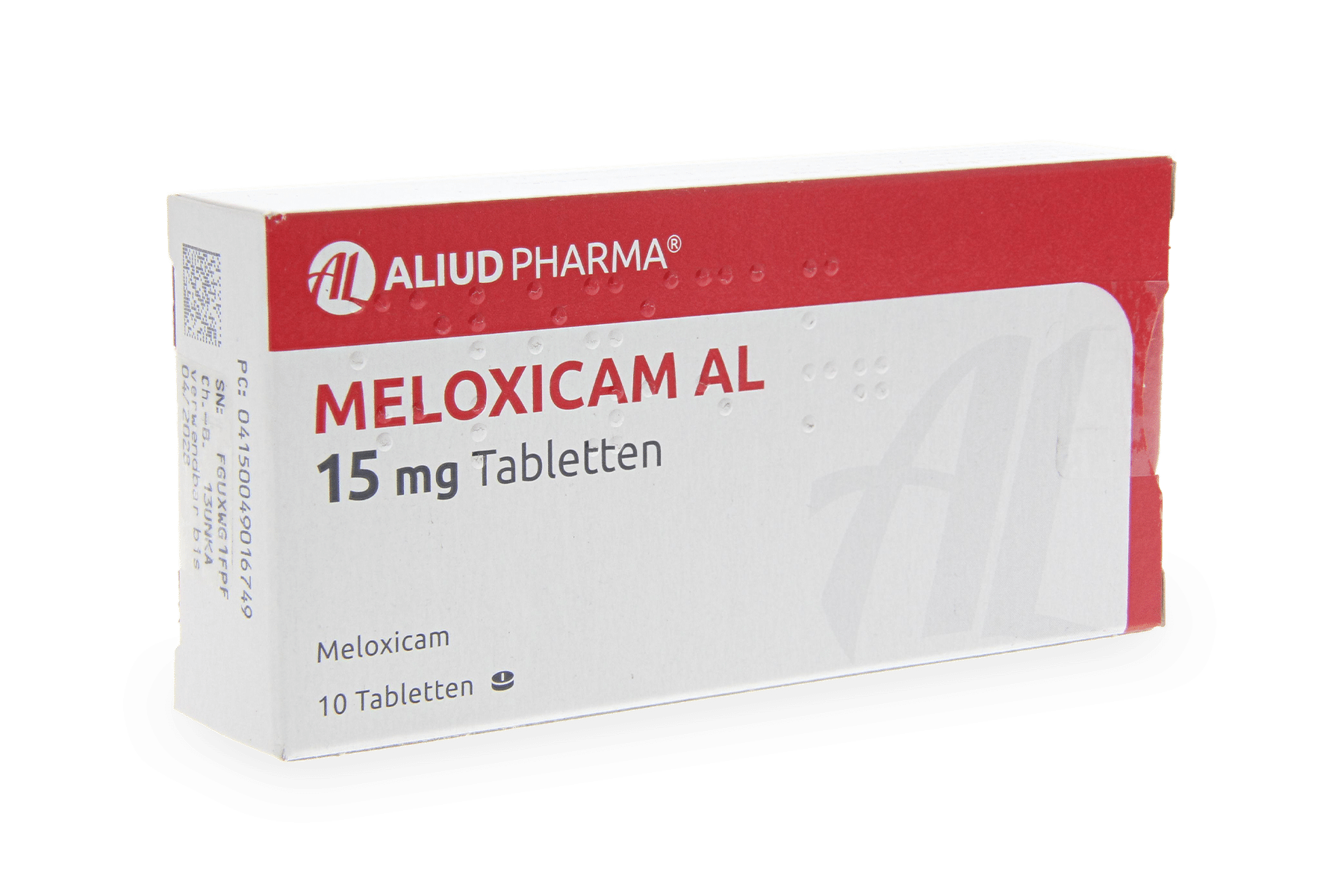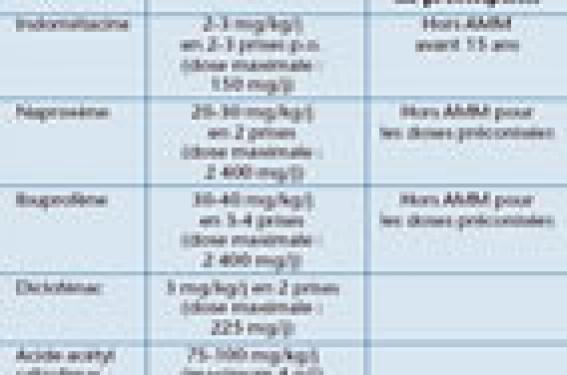Methadone, often used in the context of substitution treatments for opioid dependence, has undeniable benefits for patients undergoing withdrawal. However, it should not be prescribed lightly due to its potentially serious side effects and strict contraindications. Careful medical monitoring and a thorough risk assessment are essential to ensure patient safety and optimize treatment effectiveness.

Methadone is a medication widely used in the treatment of opioid dependence. It is an integral part of substitution protocols, allowing patients to reduce or stop their consumption of illicit substances. However, its therapeutic use is accompanied by numerous challenges, particularly regarding the side effects and contraindications associated with its administration.
Common Side Effects of Methadone
When a patient is prescribed methadone, it is crucial to be aware of the undesirable effects that may occur. The side effects of this medication can vary in intensity and nature, affecting several organ systems. Here are the most common:
1. Drowsiness and Sedation: Methadone has sedative properties, which can lead to significant drowsiness in some patients. This requires close monitoring, especially at the beginning of treatment or during dose adjustments.
2. Nausea and Vomiting: These gastrointestinal symptoms are frequently reported and may eventually subside over time. Anti-nausea medications may be prescribed to relieve these symptoms.
3. Constipation: Constipation is a common side effect of opioids, including methadone. It is often severe and requires intervention, either through laxatives or dietary modifications, to avoid intestinal complications.
4. Hypotension: Methadone can cause a reduction in blood pressure, leading to episodes of hypotension, particularly when standing up. Patients should be vigilant about these changes.
5. Respiratory Problems: Although less frequent, respiratory disorders can be serious. A decrease in respiratory rate may occur, increasing the risk of complications, especially in patients with a history of respiratory issues.
Contraindications of Methadone
Before prescribing methadone, it is essential to review the medical contraindications that may interfere with its use. Here are situations where the use of methadone is contraindicated:
1. Hypersensitivity: Patients who have a hypersensitivity to methadone or any other component of the formulation should not receive it. This can lead to potentially dangerous allergic reactions.
2. Respiratory Insufficiency: Methadone, being a depressant of the central nervous system, is contraindicated in individuals with severe respiratory insufficiency. Serious risks of respiratory depression are associated with its use in these cases.
3. Cardiac Pathologies: Patients with a history of prolonged QT interval or other cardiac disorders should avoid methadone, given the increased risk of serious cardiac complications, including arrhythmias.
4. Drug Interactions: Co-administration of methadone with other medications, particularly those also having a sedative effect or influencing the metabolism of cytochrome P450, requires special care as it can lead to significant adverse effects.
5. State of Dependence: Methadone is intended for selected patients. Its use in patients without reliable histories of opioid use can lead to serious adverse effects and dependence.
Monitoring and Patient Education
The prescription of methadone must be accompanied by increased vigilance. Physicians should ensure regular follow-ups with patients, monitoring potential side effects and ensuring adherence to treatment protocols. It is also important to educate patients about warning signs, such as:
– A feeling of tightness in the chest.
– Breathing difficulties or particularly slow breathing.
– Episodes of confusion or intense drowsiness.
– Any allergic reaction such as rash or difficulty breathing.
Patients should also be informed of the necessity to avoid driving or operating heavy machinery, due to the risk of drowsiness and decreased attention that may occur while on treatment.
In conclusion, methadone can be an effective therapy for opioid dependence, but its use carries significant risks. Understanding the side effects and contraindications is essential to optimize treatment safety and effectiveness, while improving patients’ quality of life. A structured and informative approach, accompanied by close clinical monitoring, is crucial for all parties involved in the care of patients on methadone.
For more comprehensive information, it is recommended to consult specialized resources such as those available on the following sites: ANSM, SRAE, Passeport Santé, Drogues Info Service, and Medical Information on Methadone AP-HP.

“`html
FAQ on Medical Prescription: Side Effects and Contraindications of Methadone
A: The most common side effects include euphoria, dizziness, drowsiness, nausea, vomiting, constipation, sedation, and sweating.
A: Yes, contraindications include hypersensitivity to the active substance or to any of the excipients, as well as in children and adolescents under 15 years old.
A: Methadone can cause respiratory depression, orthostatic hypotension, and other adverse effects, especially in elderly patients or those with a history of respiratory or cardiac disorders.
A: Close monitoring is recommended when using methadone in conjunction with other central nervous system depressants to avoid severe adverse effects.
A: Overdose can lead to severe respiratory depression, which can be fatal, and requires immediate medical attention.
A: Yes, methadone has a major influence on the ability to drive or operate machinery, especially when combined with alcohol or other depressants.
A: Periodic urine tests are necessary to check methadone intake and the absence of recent opioid use.
A: In case of accidental ingestion, it is crucial to immediately contact an emergency service for medical assistance.












